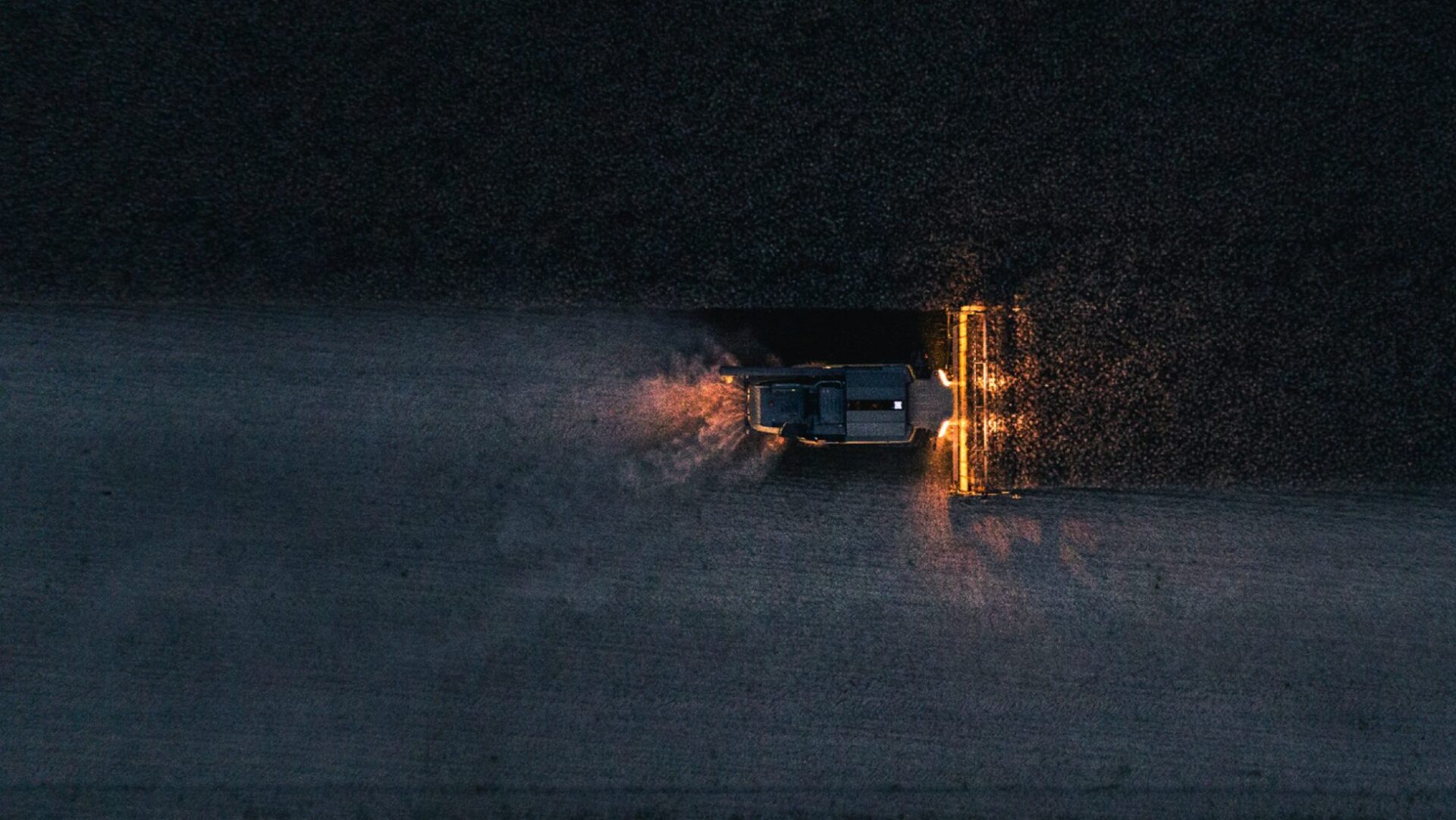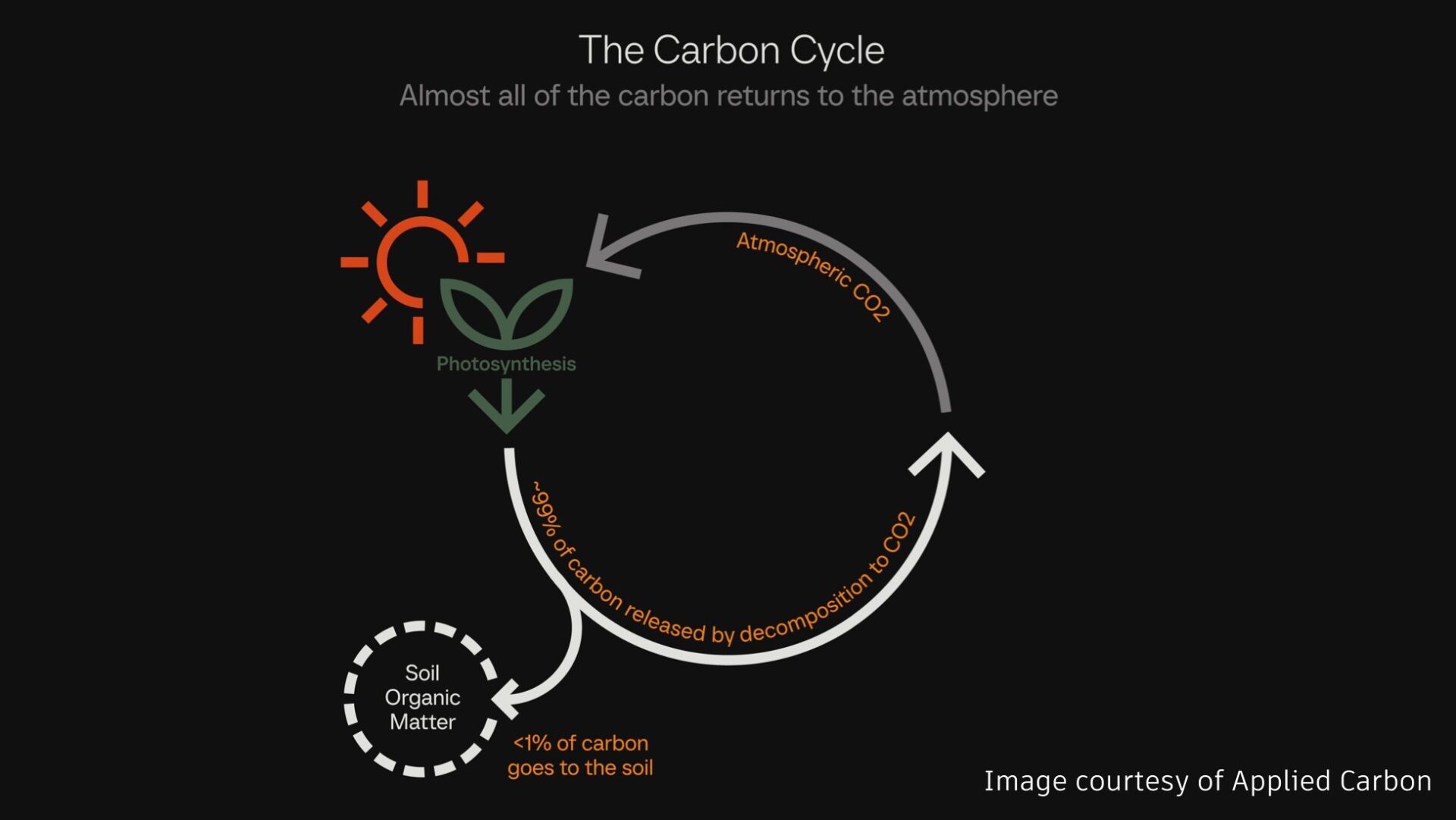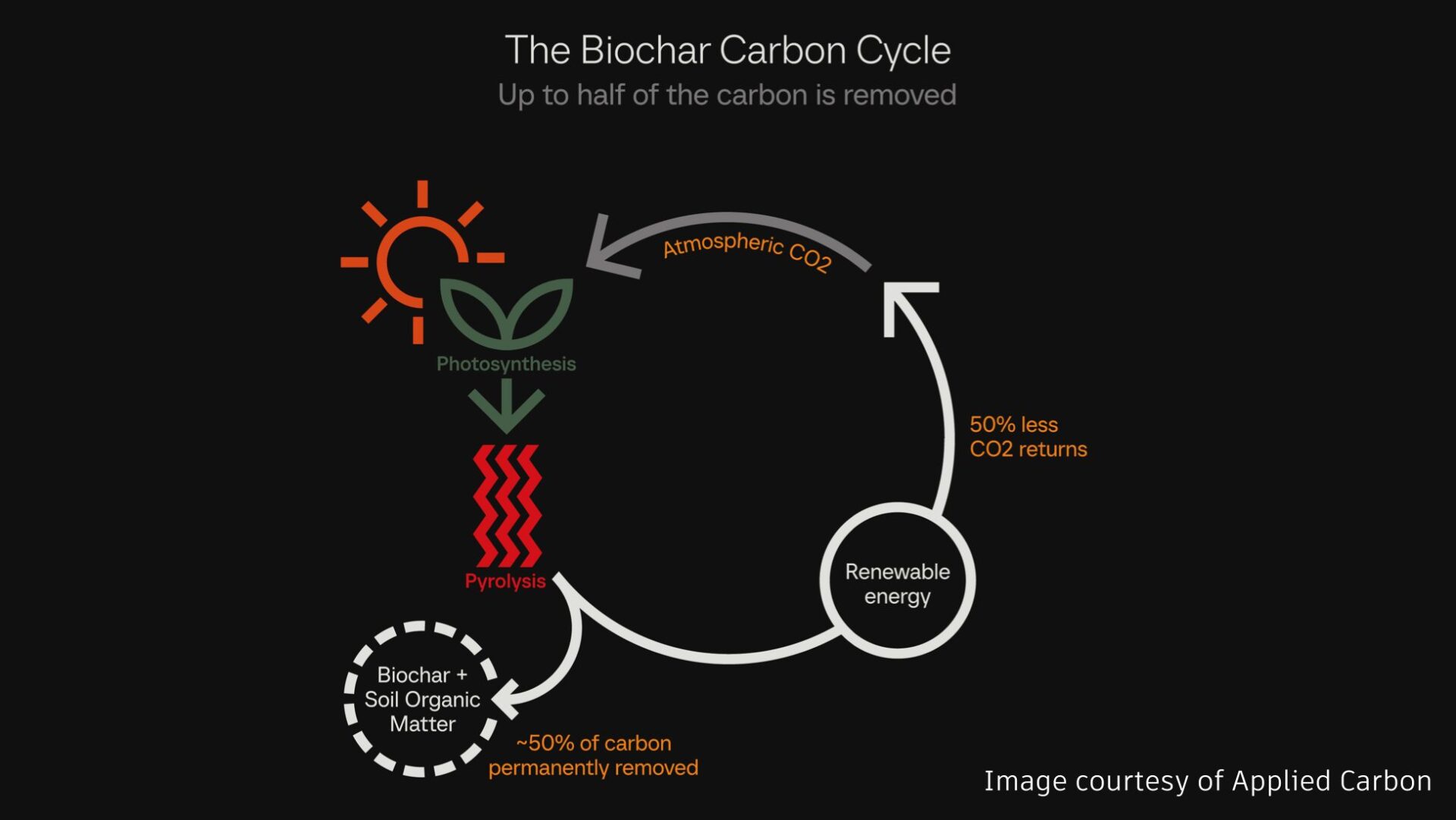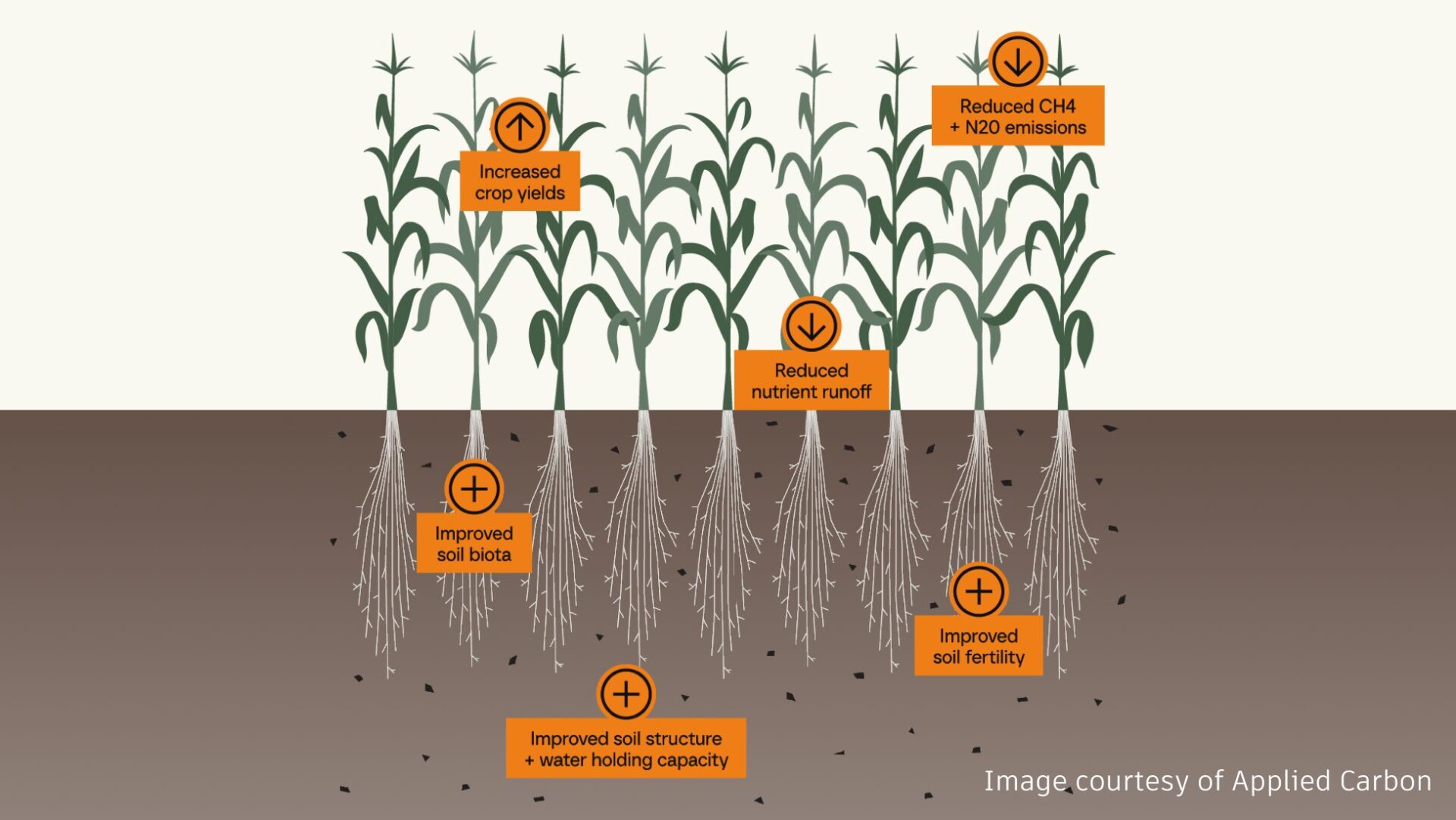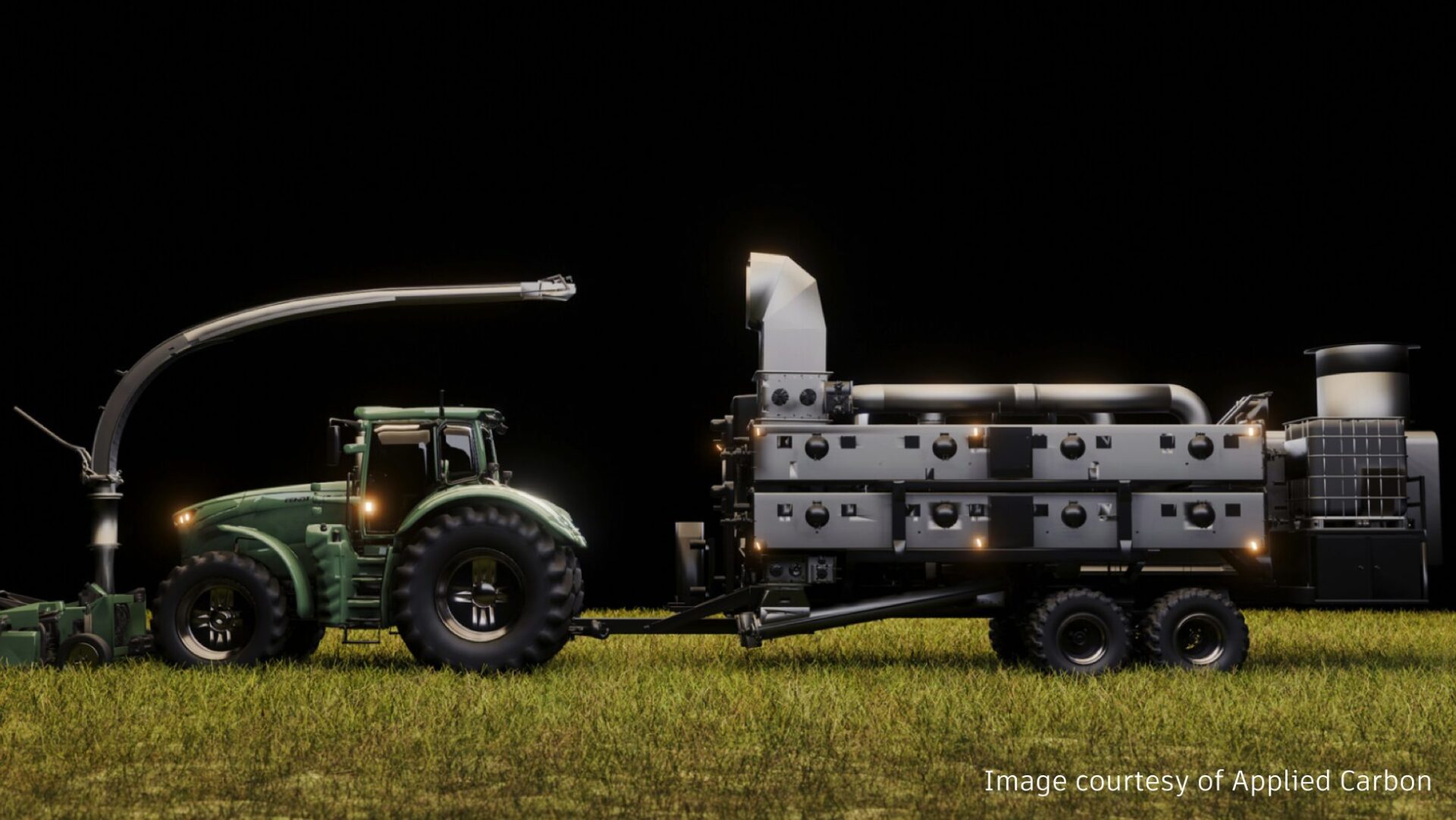Excessive atmospheric carbon—especially carbon dioxide (CO2) from burning fossil fuels—is causing our planet to overheat at an alarming rate. So much so that in addition to reducing and avoiding emissions from our economy as fast as possible, scientists believe we’ll likely need to remove CO2 from the atmosphere at astonishingly high levels—on the order of 20% to 40% of global emissions, or 10 to 20 gigatons, per year by 2100.
In response, a growing number of entrepreneurs and innovators are rising to the challenge and developing carbon dioxide removal (CDR) technologies that pull CO2 from the atmosphere and convert it into products or permanently store it underground. While many exciting CDR approaches are emerging, few are as affordable, scalable, immediate, and long-lasting as biochar: a charcoal-like, nutrient-rich substance that sequesters carbon while also providing benefits beyond carbon removal, like improving agricultural soil health.
The biochar solution
Earth’s soils store roughly 2,500 gigatons of carbon—more than three times the amount of carbon in its atmosphere. Soil sequesters carbon for around two years before most of it is released back into the atmosphere as CO2 during natural decomposition cycles. Biochar, on the other hand, has the potential to store the same organic matter for thousands of years. Using biochar for soil improvement is an ancient practice that originated more than 2,500 years ago in the Amazon and is now being adapted for modern applications.
Biochar is a byproduct of heating biomass at high temperatures (500 to 1,000 degrees C) in oxygen-limited environments, often using a process called pyrolysis. The biomass thermochemically degrades to form carbon-rich biochar, which has unique properties that make it both a powerful agricultural soil amendment and an economically and technically viable solution for long-term carbon sequestration.
According to the IPCC, biochar’s global carbon reduction potential is enormous, ranging between one and 35 gigatons of CO2 per year by 2050. However, as a soil amendment or CDR solution, it hasn’t effectively scaled, mostly due to an underdeveloped supply chain owned by a few hyper-centralized suppliers. Conventional pyrolysis systems are housed in centralized facilities, requiring cross-country transport of both biomass (input) and biochar (output).
Why Applied Carbon?
Applied Carbon, a startup founded in 2020, is leveraging advanced robotics and precision automation to accelerate and scale biochar production and availability. The company is commercializing a proprietary tractor-based pyrolysis system, enabling farmers to convert agricultural waste from their own crops into soil-enriching biochar that improves agronomic productivity without ever leaving the farm.
Tractors equipped with Applied Carbon pyrolysis technology and sensors autonomously navigate fields to collect post-harvest agricultural waste, which the mobile system then processes into ready-to-use biochar. The biomass is collected, processed into biochar, and returned to the soil in a matter of minutes. In that way, Applied Carbon’s in-field system operates a closed-loop process that maintains value locally and can be powered by the biomass it collects.
As a CDR solution, Applied Carbon offers compelling line-of-sight economics to permanent, additional, and affordable carbon removal. Today, the company offers quality carbon removal credits to companies like Microsoft. But given its multipronged value proposition, Applied Carbon reinvests carbon credit revenues into further development of and improvements to its technology on the path to supporting farmers at scale.
In the United States alone, Applied Carbon’s solution has the potential to remove more than one gigaton of carbon from the atmosphere annually. And the company is on a mission to do just that.
Our collaboration
The Autodesk Foundation supports Applied Carbon through our Energy & Materials portfolio. In addition to our financial investment, Applied Carbon is also using software donated through Autodesk’s Technology Impact Program, including Inventor and Fusion. The Autodesk Foundation team also provides training and technical assistance to support Applied Carbon’s mission and the deployment of its innovative decarbonization solution.
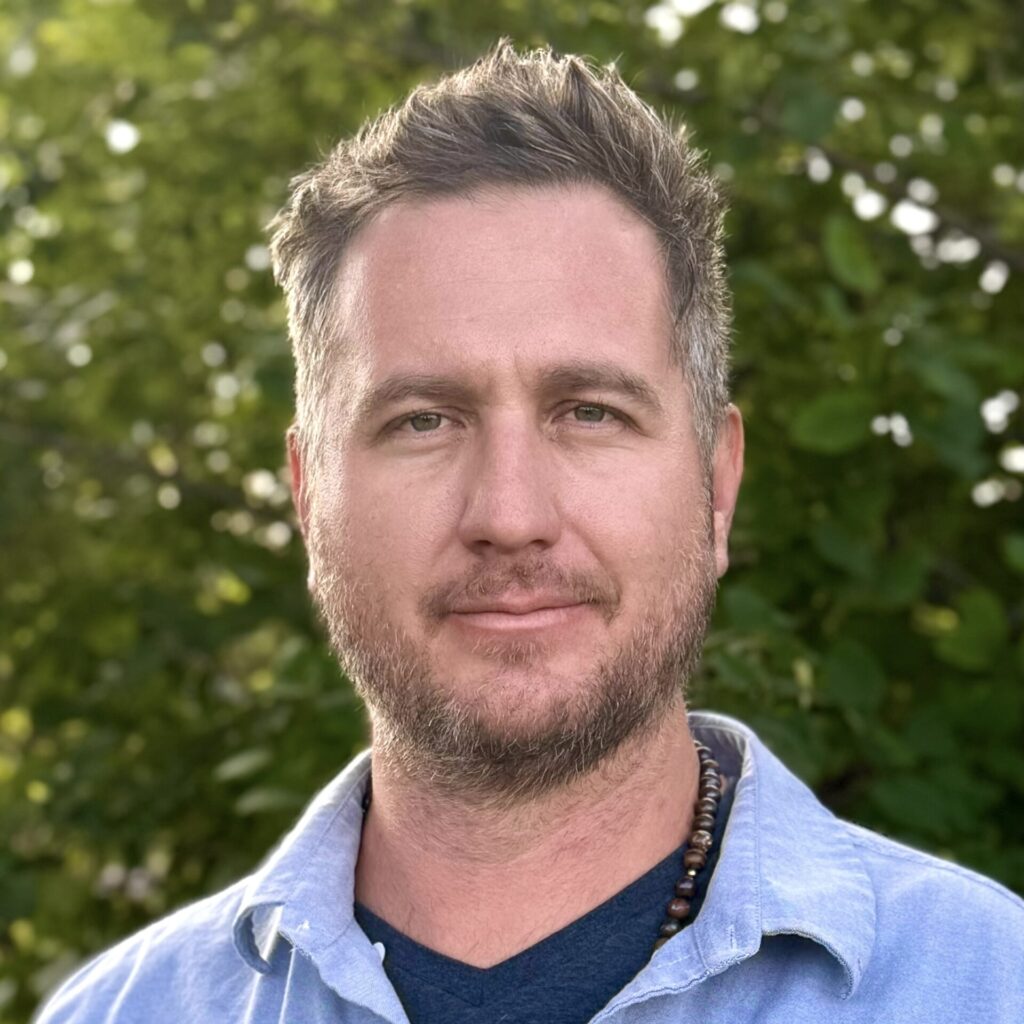
“To preserve people and planet, the world needs well-designed physical infrastructure that has never been built before. We are ecstatic to be working with the world’s leading design tool creator to build systems to address two of the most pressing global challenges: climate change and sustainable agriculture.”
— Dr. Morgan Williams, Co-Founder & COO, Applied Carbon
Learn more about Applied Carbon’s biochar-based carbon removal technology.
